- Historical Perspective on Environmental Regulations
- Legal Framework and Compliance Standards
- Identifying Key Environmental Hazards
- Risk Management Strategies in Construction
- The Role of Environmental Audits and Assessments
- Case Studies in Environmental Incidents
- Impact of Environmental Liability on Project Finances
- Future Trends in Environmental Compliance
- Building Sustainable and Responsible Projects
Environmental liability in construction signifies the responsibility that construction companies and developers have to manage the environmental risks associated with their projects. This responsibility includes not only adhering to regulatory standards but also implementing practices that reduce pollution and waste. As environmental concerns become increasingly prominent, the construction industry is under heightened scrutiny. Developers and contractors alike must plan meticulously to mitigate environmental risks, manage hazardous materials, and ensure the long-term sustainability of their projects.
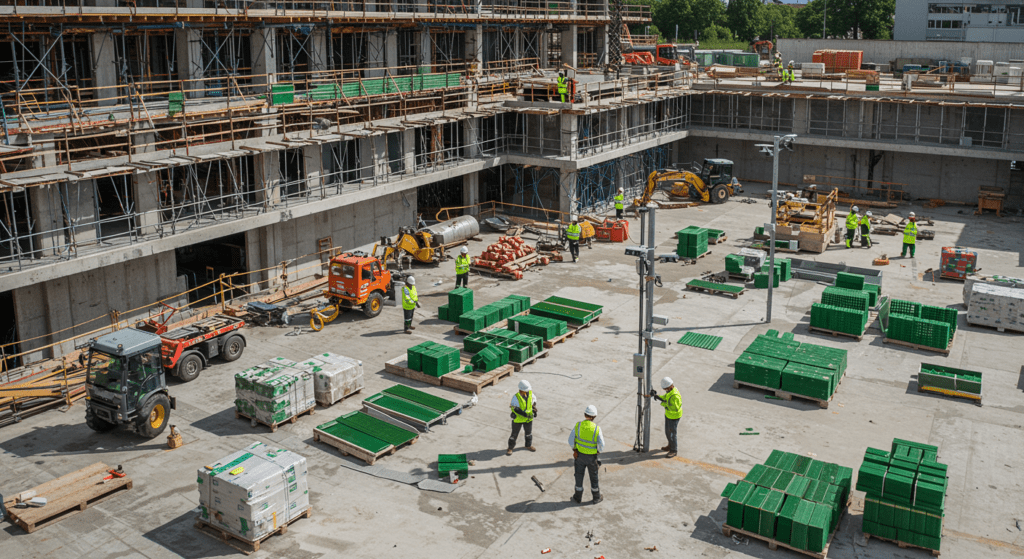
1. Historical Perspective on Environmental Regulations
Historically, construction projects were driven primarily by economic and structural imperatives, often at the expense of the environment. Environmental regulations began to emerge during the latter half of the 20th century as pollution and resource depletion reached critical levels. Governments worldwide started to enforce laws to limit toxins, manage pollution, and encourage sustainable practices. This evolution marked a significant turning point for the construction industry, which had to rapidly adapt to a new era where compliance with these regulations was as crucial as the completion of the physical structure itself.
2. Legal Framework and Compliance Standards
The legal framework surrounding environmental liability in construction is intricate and multifaceted. It typically comprises federal, state, and local laws designed to protect air quality, manage waste, and regulate the handling of hazardous materials. Compliance standards require construction companies to secure permits, conduct environmental impact assessments, and follow strict operational protocols. Failure to adhere not only jeopardizes environmental health but can also result in significant legal penalties and operational shutdowns. It is essential for construction firms to maintain precise records, create clear environmental policies, and implement thorough training programs for staff to ensure every project meets or exceeds legal compliance requirements.
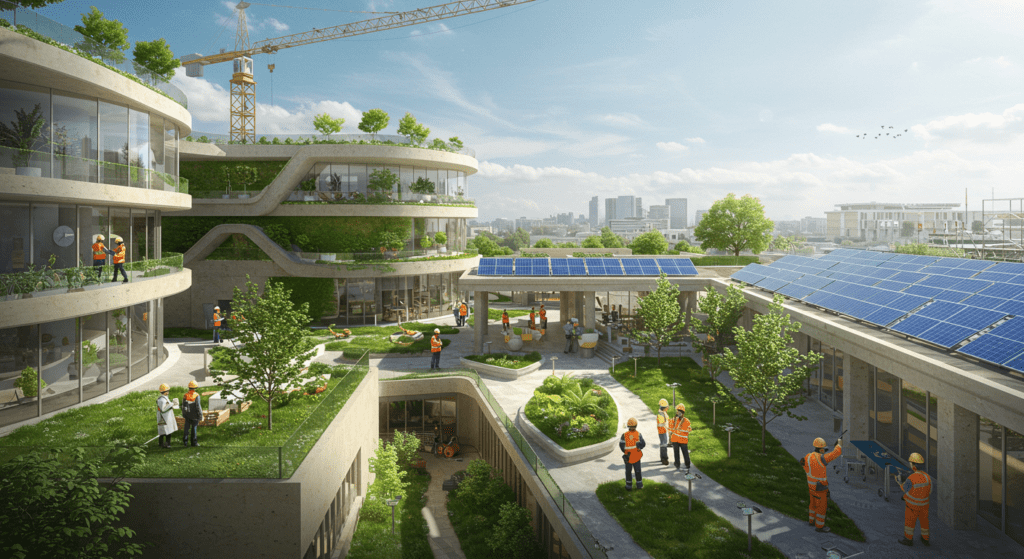
3. Identifying Key Environmental Hazards
The construction process involves several potential environmental hazards that must be carefully managed to avoid liability. These hazards include soil contamination from previous land use, improper handling of hazardous materials like asbestos and lead paint, and air pollution from dust and emissions generated by heavy machinery. Water contamination is also a significant risk, often resulting from improper disposal of construction waste or accidental spills. Recognizing these hazards is the first step toward effective management; early identification allows companies to develop targeted strategies to contain and remediate the environmental risks associated with their operations.
4. Risk Management Strategies in Construction
Risk management in construction goes beyond project planning; it encapsulates a proactive strategy to tackle potential environmental issues before they arise. Companies need to carry out detailed environmental risk assessments to identify vulnerable areas within a project and institute measures to reduce potential impact. These strategies can include the use of eco-friendly materials, waste reduction techniques, and innovative construction methods that minimize environmental disruption. Embracing technology, such as environmental monitoring systems, helps provide real-time data on potential hazards, enabling companies to respond quickly to unforeseen events. By integrating these practices into every phase of construction—from design through demolition—professionals can significantly reduce environmental liabilities.
5. The Role of Environmental Audits and Assessments
Environmental audits and assessments serve as essential mechanisms for identifying and managing risks in construction projects. These audits provide a systematic examination of a company’s environmental performance and act as an early warning system for potential liabilities. Through audits, construction companies can verify compliance with environmental regulations and best practices. Assessments, often conducted before the commencement of a project, evaluate the potential impact on surrounding ecosystems, water sources, and local communities. This due diligence not only safeguards against legal action but also builds trust with stakeholders who are increasingly demanding transparency and accountability in environmental matters.
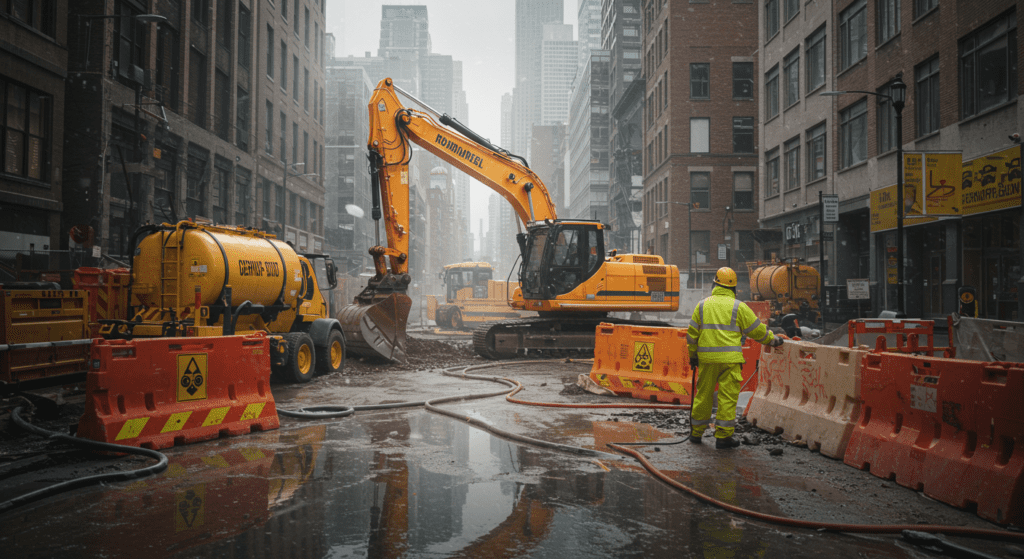
6. Case Studies in Environmental Incidents
Examining past environmental incidents provides valuable lessons for the construction industry. One notable case involved a large urban redevelopment project where inadequate waste management led to significant soil and water contamination. The company faced substantial fines and a long-lasting reputation hit. In another instance, a contractor successfully mitigated potential hazards by conducting comprehensive due diligence, only to uncover legacy contamination that required a major cleanup effort. These cases underscore the necessity of rigorous environmental assessments prior to project initiation and continuous monitoring throughout the project lifecycle. They also highlight that the cost of remediation far outweighs the investment in preventative measures.
7. Impact of Environmental Liability on Project Finances
Environmental liabilities can have profound financial implications for construction projects. Beyond immediate legal fines and remediation expenses, there is the cost of delays, loss of reputation, and the potential for increased insurance premiums. These factors can render projects over budget and impede profitability. Investors, lenders, and stakeholders are increasingly cautious about projects with uncertain environmental risk profiles. Consequently, construction firms must factor in environmental risks as part of their financial planning. This includes setting aside contingency funds for unforeseen environmental issues and implementing risk mitigation strategies that can safeguard project profitability over the long term.
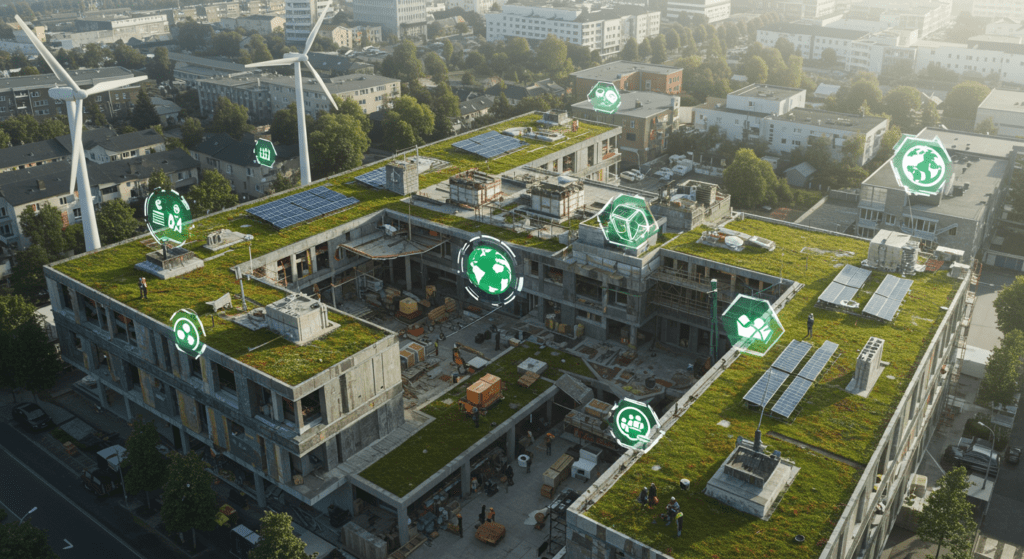
8. Future Trends in Environmental Compliance
Looking ahead, the landscape of environmental compliance in construction is set to evolve significantly. Advances in green technology promise to revolutionize construction methods. Renewable energy sources, energy-efficient building practices, and the development of sustainable materials are reshaping project planning. Governments are expected to implement even stricter environmental regulations in response to climate change and resource scarcity. These trends suggest that adherence to environmental standards will become even more integrated into the core processes of construction companies. As public awareness of environmental issues grows, companies that proactively adopt sustainable practices will likely find themselves at a competitive advantage, attracting environmentally conscious investors and customers.
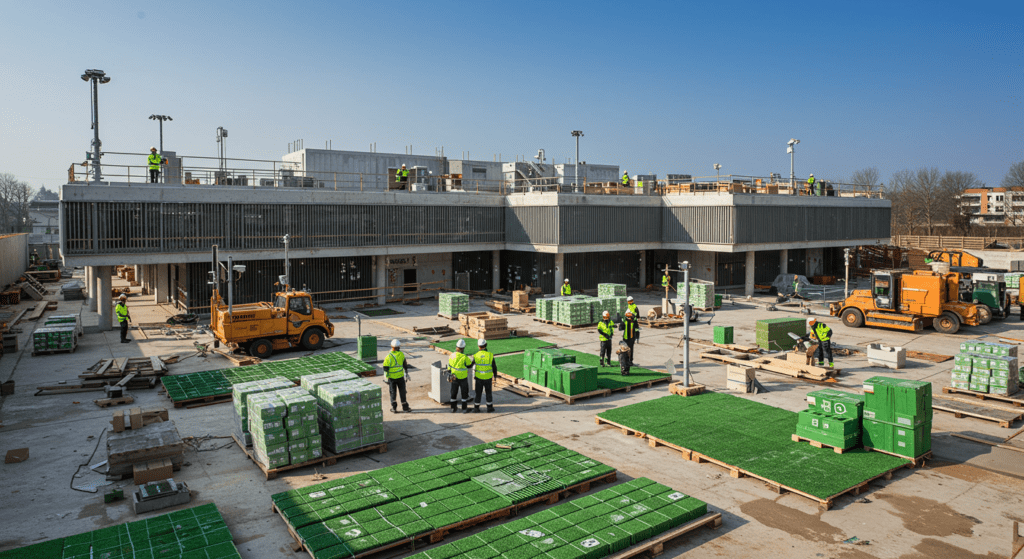
9. Building Sustainable and Responsible Projects
Ultimately, construction companies that embrace sustainability and environmental accountability are paving the way for responsible growth and development. Sustainable projects are designed with long-term environmental, economic, and social benefits in mind. This involves integrating green building practices, minimizing waste, ensuring energy efficiency, and promoting the health and safety of local communities. Leaders in the industry are already transforming their practices by investing in research and development of innovative construction techniques that reduce environmental impact. Building sustainably is not merely a regulatory obligation; it is a market-driven imperative that aligns with global priorities and broader societal goals.
Construction companies that prioritize environmental responsibility are better equipped to navigate the complexities of modern regulatory landscapes and societal expectations. With environmental liability at the forefront of construction planning, rigorous adherence to legal frameworks, risk management, and environmental audits can transform potential challenges into competitive strengths. The historical evolution of environmental regulations reveals a trend toward stricter oversight and greater accountability, emphasizing the importance of early hazard identification and meticulous project planning.
In the current climate, embracing environmental sustainability is key to financial stability and long-term project success. Proactive management of environmental risks not only limits costly financial repercussions but also fosters shareholder confidence and stakeholder trust. Responsible construction practices, supported by continuous education and technology-driven risk mitigation, ensure that companies remain compliant while contributing positively to community health and environmental preservation.
Looking to the future, environmental compliance is set to become a cornerstone of project feasibility across the construction industry. By harnessing innovative technologies and sustainable practices, construction companies can lead the transition towards more eco-friendly infrastructure development. Emphasizing preventative measures through risk management strategies and maintaining transparency via comprehensive audits will be essential. As the regulatory environment becomes more demanding, companies that adapt swiftly and incorporate sustainability at every stage will be best positioned to thrive.
Environmental initiatives that focus on sustainability are not just beneficial for regulatory compliance—they also open doors to new forms of financing and investment, as many investors are now prioritizing projects with strong environmental performance records. By aligning project goals with sustainability benchmarks, construction firms can tap into green funds, reduce insurance costs, and enhance their public image. This comprehensive approach can serve as a blueprint for addressing environmental liabilities while ensuring robust project financial performance.
Furthermore, embracing sustainability leads to broader social and community benefits. Projects designed with environmental stewardship in mind often result in healthier living environments, reduced pollution, and improved quality of life for local communities. This positive impact, amplified by community engagement and transparent environmental practices, strengthens the social license to operate—a critical asset in today’s risk-averse market. Companies that demonstrate leadership in this arena not only meet regulatory requirements but also contribute to the global movement towards a greener, more sustainable future.
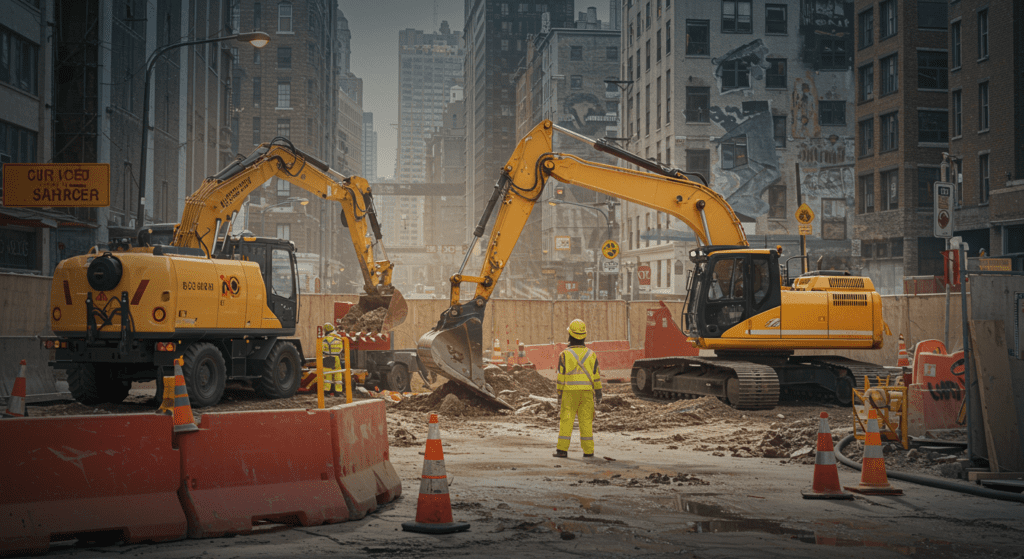
Conclusion
In conclusion, environmental liability in construction is a complex issue that touches every aspect of project planning, execution, and post-completion monitoring. It requires a firm commitment to legal compliance, proactive risk management, and rigorous environmental assessments. As historical practices give way to modern, sustainable approaches, the construction industry is undergoing a significant transformation. By learning from past environmental incidents and anticipating future regulatory trends, industry leaders can ensure that their projects are both economically viable and environmentally responsible. Building sustainable and responsible projects is not just an ethical imperative—it is a strategic business decision that promises long-term benefits for companies, investors, and the communities they serve.
